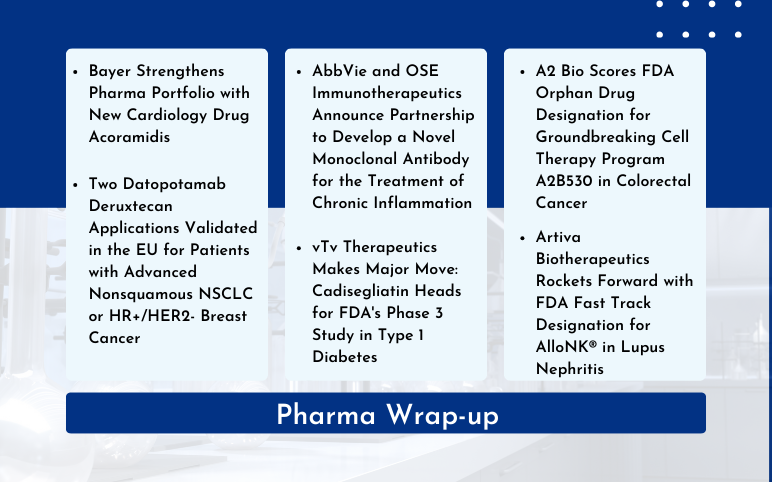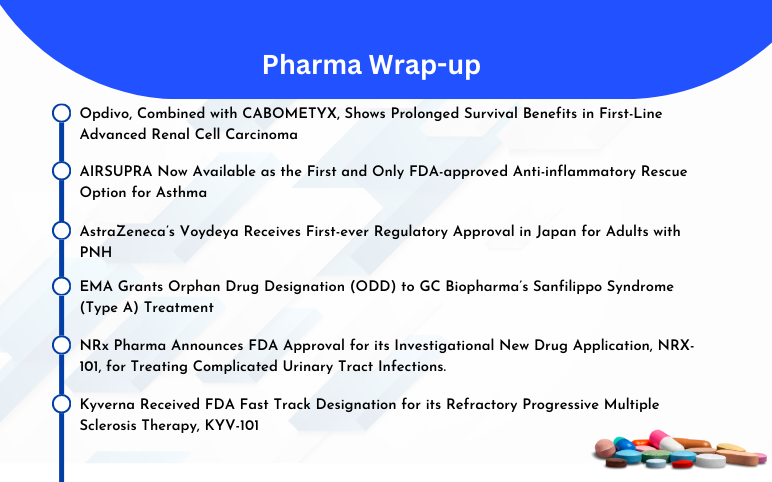The MENA (the Middle East and North Africa) region is mostly an untouched market, which is an impetus for potential development and lucrative growth in the pharmaceutical market.
The MENA region, a gamut of 22 countries, represent about 2% of the world’s pharmaceutical market. Out of which, Saudi Arabia, a country which has an inclination towards innovative and expensive branded products, accounts for the largest market share. Other countries such as Nigeria, Tunisia, Morocco, and Algeria are also advancing steadily in the pharmaceutical domain by establishing local pharmaceutical manufacturing organizations.
The increasing advancements across the pharma value chain are expected to potentially drive the market in the MENA region forward, owing to a hike in partnerships between foreign firms with the regional and local drug producers, as they are bestowed with strong manufacturing capabilities and extensive distribution networks in their respective areas.
Regulatory process in the MENA
In the past, one of the most significant factors that have challenged the growth in the pharmaceutical industry, in the MENA region, is a fragmented regulatory process, along with other challenges such as poor quality of pharmaceutical drugs and comparatively lesser preferences given to local and regional drug producers. Not only this, pharmaceutical companies in the MENA region face several other regulatory challenges due to the diversified requirements among the countries and rapidly evolving global regulatory environment.
Around 60 different national regulatory authorities are working independently to register pharmaceuticals across the Middle East and North Africa. Several countries have independent technical and administrative requirements, processes and procedures for drug registration, and other formalities. Such conditions hinder the ease of drug approval and commercialization demotivating the pharma companies which might want to enter the MENA market. However, with the standard path of approval and greater penetration of their drugs into the market in terms of commercialization can help in reducing the limiting presence and assuring pharma companies of better prospects while investing in MENA nations.
Moreover, the guidelines and procedures are not up to international standards, which is again a hindering factor in the market growth, as many pharmaceutical companies do not want to compete with cheap generics, counterfeited medicines and low-profit margins industries. This scenario is exact for pharmaceutical products like biologics, biosimilars, and orphan drugs, whose neither the administrative access is sufficiently regulated nor their pharmacovigilance activities are effectively carried out.
However, the recent years have witnessed considerable efforts to harmonize regulatory requirements in terms of scientific content and presentation of data in the registration dossier, across various regions and countries. The region has now initiated some coordination and co-operation initiatives to kick start the pharma growth in the area. One such initiative is the governments’ operations in the Middle East to facilitate the ease of access to foreign companies offering innovative drugs, to entice firms to enter their market.
This ease of access is facilitated in countries such as Saudi Arabia, Jordan, and Egypt, which are putting their trust in regulatory authorities of established pharmaceutical markets of Europe and USA- the European Medicines Agency (EMA) and the U.S. Food and Drug Administration (USFDA). These countries are increasingly referring to their guidelines and incorporating the same in own’s process. They have initiated the process in which the regulatory agency of each of these countries may fast track innovative drugs to be approved for local use in 30-60 days, if the drug has been previously approved by these trusted authorities, as opposed to a previous full-year review.
Apart from this step forward, one of the crucial steps towards drug regulations in MENA is being done through the Gulf Cooperation Council (GCC). The GCC is a multinational partnership consisting of Bahrain, Oman, Saudi Arabia, Kuwait, the UAE and Qatar, who came together in 2014 with an aim to establish a drug price harmonization strategy intending to standardize drug prices within the region. The Global Cooperation Group (GCG) now includes the European Medicine Agency (EMA), the African Regulatory Harmonization Initiative (AMRH), the United States FDA (USFDA), the Association of Southeast Asian Nations (ASEAN), the Pan American Network for Drug Regulatory Harmonization (PANDRH), the Asia Pacific Economic Cooperation (APEC), Southern African Development Community (SADC), and Japan’s Pharmaceuticals and Medical Devices Agency (PMDA).
Central Drug Registration is a unified GCC Health Council system for the registration of medicines, carried out by the Central Gulf Committee for Drug Registration. It aims to ensure the quality, effectiveness and safety of drugs, as well as the accuracy of information related to them. The system also ensures that medicines are manufactured in accordance with international standards. With the unification of regulatory processes, entry of foreign companies in the MENA market is expected to become easier.
For the African countries of the MENA region, other steps are being taken to ease the approval process of pharmaceuticals. Weakness in pharmaceutical regulatory approval system of some North African countries such as Algeria, Morocco and Tunisia is being taken into consideration. Efforts are being made to improve regulatory processes to allow easier access to the market for essential and innovative medicines. For example, Tunisia and Algeria are working towards the creation of national registration guidelines for biosimilars which are expected to accelerate the evaluation of biosimilars. Numerous important guidelines have been issued in the last few years to reform the regulatory system and implement efficient changes. The harmonization event in Casablanca also revived hope for moving forward towards a more significant partnership and cooperation in the region. These efforts are sure to improve the regulatory conditions of the MENA region, making it one of the hottest pharmaceutical regions to be explored in the coming years.









-Agonist.png)


